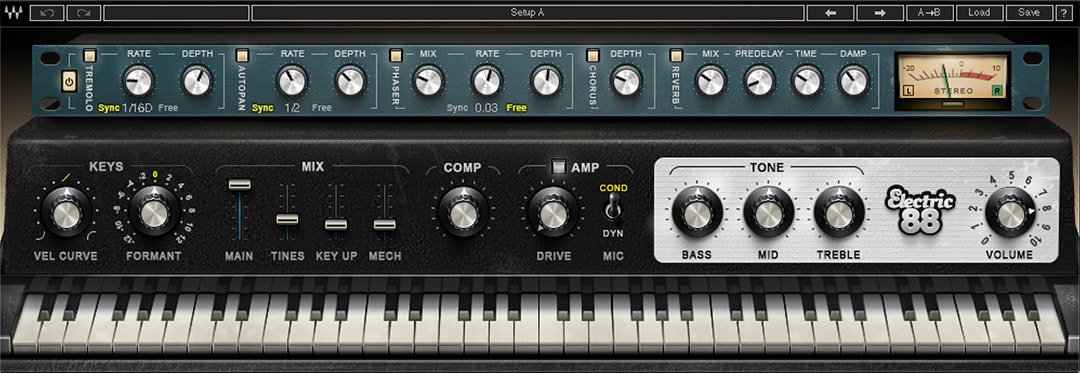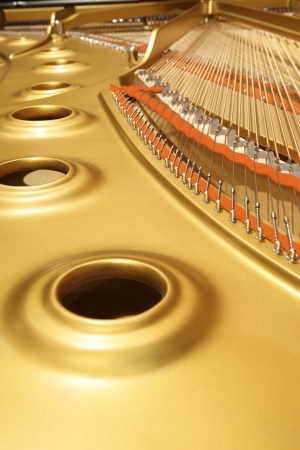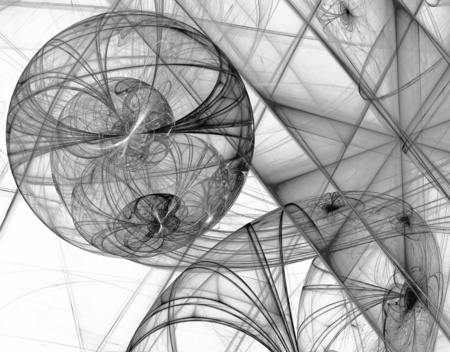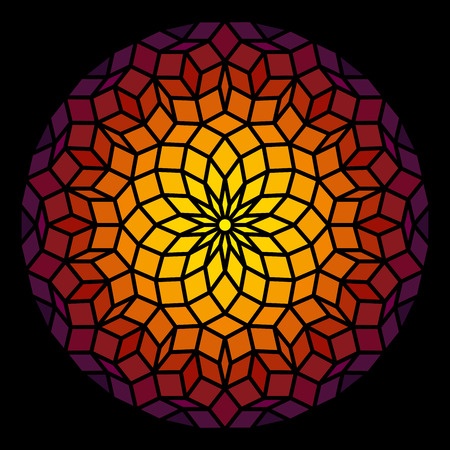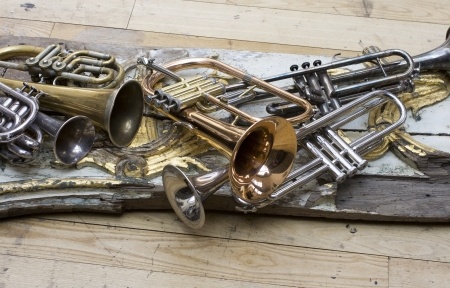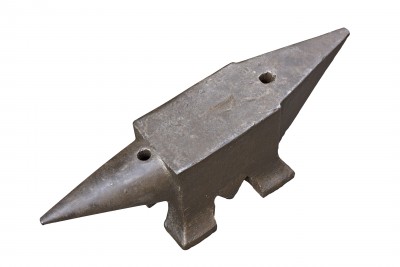As a keyboardist with a lifelong love-affair with the Rhodes electric piano, I’m always intrigued by new virtual instruments simulating that classic sound. The one I use most of the time I bought many years ago from a developer called Scarbee, and I have been pretty happy with it. (Scarbee products have been subsumed into the Native Instruments product line, and I assume those samples are still part of the “Komplete” collection.) When Waves came out with their version at an introductory price of $39, I decided to take a risk and order it.
Continue Reading…

